The Paramount Importance of Safety Management in Aviation
Other · 3 min read
Whether you are planning a trip or just dreaming of one, check our recommendations for the best airlines to fly to Japan!
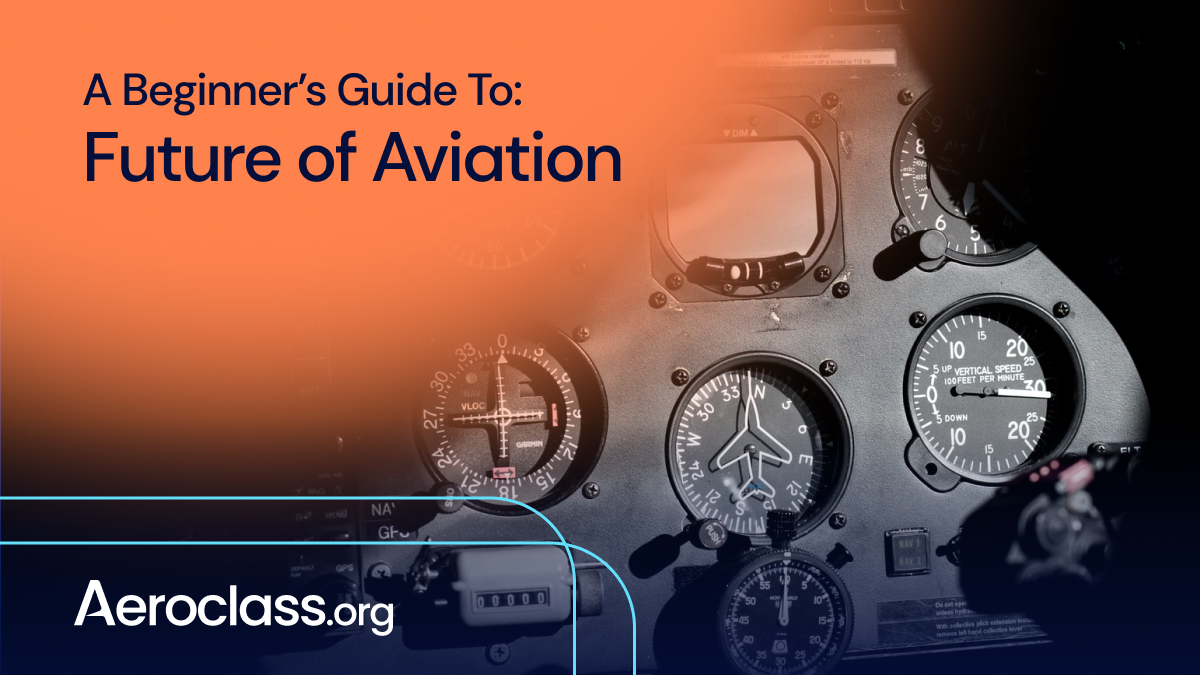
The future of aviation is a topic that usually generates fascination among people. Since ancient times people have always dreamed of flying, and many have tried to develop technologies to make those dreams come true. From Leonardo DaVinci’s first attempts and the first successful flight by the Wright Brothers to the current transcontinental flights, there has always been the question about how flying will look like in the future.
But before we go to the future, let’s take a look at the present of aviation. You can also learn about this by taking the course: aviation landscape.
The aviation industry now is recovering from one of the worst if not the worst moments in the history of the sector, with revenues down 40 percent of the previous year in 2020. However, many predict the numbers will not get back to 2019 levels until the year 2024.
These days the sector of aviation is seeing the long-term effects of the pandemic which are here to stay. The most relevant effects include but are not limited to:
All these effects and other intrinsic aspects require the industry to adapt quickly. Both airlines and airports need to comply with the new health and safety requirements to ensure social distancing, even when this means eliminating some services only because they could generate congestion.
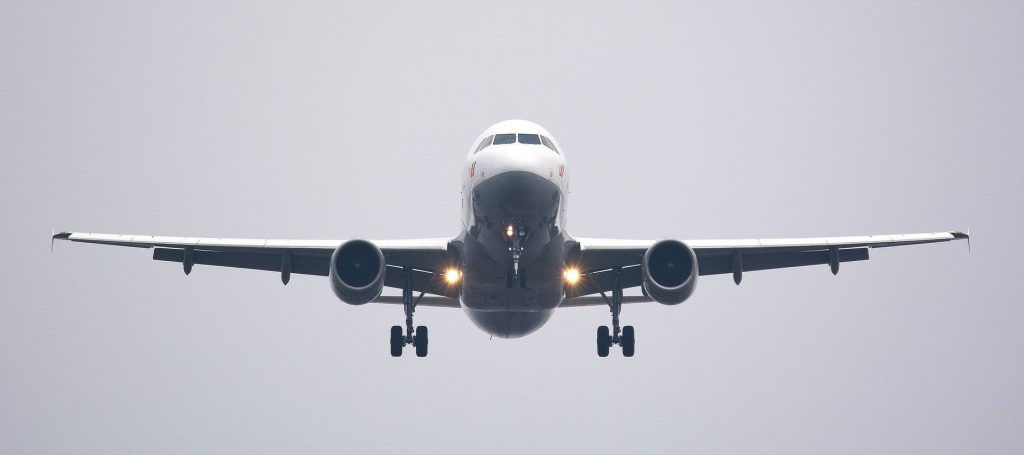
Another factor is that the economic impact of the health crisis has taken many airlines to start a price war, especially the low-cost airlines and subsidized national airlines. This could result in a step back regarding the environmental impact of the industry since these airlines will need to choose regular fuel instead of new solutions to keep costs as low as possible in order to offer very low ticket prices.
From the point of view of the passengers, it is clear they need some form of stronger security for their personal health and safety, their trip, and their money. Many passengers have been frustrated by the struggles they have encountered to either make their trip a reality or get their money refunded due to the pandemic.
Obviously, there’s the carbon-constrained world situation too. Research shows that emissions coming from aviation are equivalent to those from the meat industry, the latter being considered the environment’s worst enemy by many.
Fortunately, several studies have been or are being conducted to see new forms of energy being used by different airlines on their aircraft fleets. However, the current infrastructure may not be ready yet, especially the technology needed at the airport for refueling purposes.
So, let’s see what could be seen in years to come.
Mobility is an important aspect of the global society and its economy. Without it, access to goods and services, including trade, jobs, health care, and education would be limited. And air transport is an essential part of it.
However, international aviation has been experiencing a series of changes for many years due to new mobility needs and environmental requirements. To cope with all the demands, especially those related to the production of more efficient aircraft, both the governments and the private sector have been investing in the development of innovative technologies to redefine air travel and the business models around it.
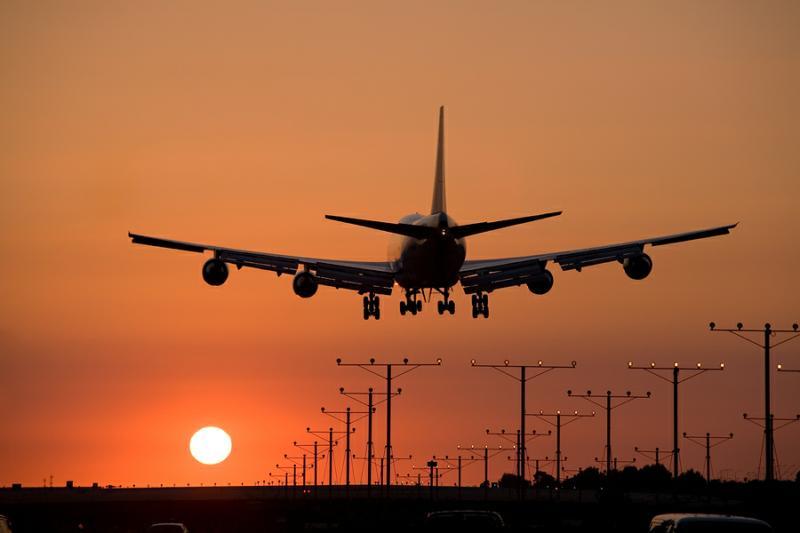
A proposal from the World Economic Forum sees the disposal of the technology innovations mentioned above as the best if not the only way to address the challenges for a better mobility landscape. It also highlights the importance of introducing those technology innovations in a coordinated and collaborative manner to achieve the optimization of the transport system.
While past innovations have been capable of moving from the goal of flying to fly faster and fly longer distances and with higher capacities, the innovations that are coming from now on are focused on sustainability, reliability, and safety.
Among these innovations, we can see the following as the most prominent ones.
By applying developments such as cloud computing and the Internet of Things (IoT), an airline can leverage this technology to optimize flight operations and improve efficiency. For example, managing aircraft data can help monitor the components of an aircraft, and the equipment it has onboard. By doing so, an airline can transform its operations and reduce expenditure, whether the data is used for predictive maintenance to monitor possible failure, optimize fuel consumption, or any other purpose.
Connectivity also means data sharing, and this technology plays an important role for many industries, aviation included. This will allow for airlines and airports to plan better, track technology and regulatory developments, and adapt to new transportation modes, so a new digital ecosystem can be in place and shaped to fully serve the passenger.
Both Artificial Intelligence (AI) and Big Data could be seen as promising ways of increasing safety. Therefore, there has been huge investment in these technologies which can also improve efficiency and sustainability.
These two technologies have been already tested for autonomous drones which are considered a great way to transport goods within a city. However, more progress needs to be done when using them on a long-haul flight.
Net-zero targets have been set for the year 2050. With that, new alternatives for conventional jet fuel are being developed. Some options that have been tested include synthetic fuel, hydrogen, and electricity, but they require the airports to set new refueling infrastructures as it was mentioned above.
Also, completed research has helped to identify the most polluting air routes and use this real-world data to then explore how zero-emission aircraft could be effectively developed to take over these routes.
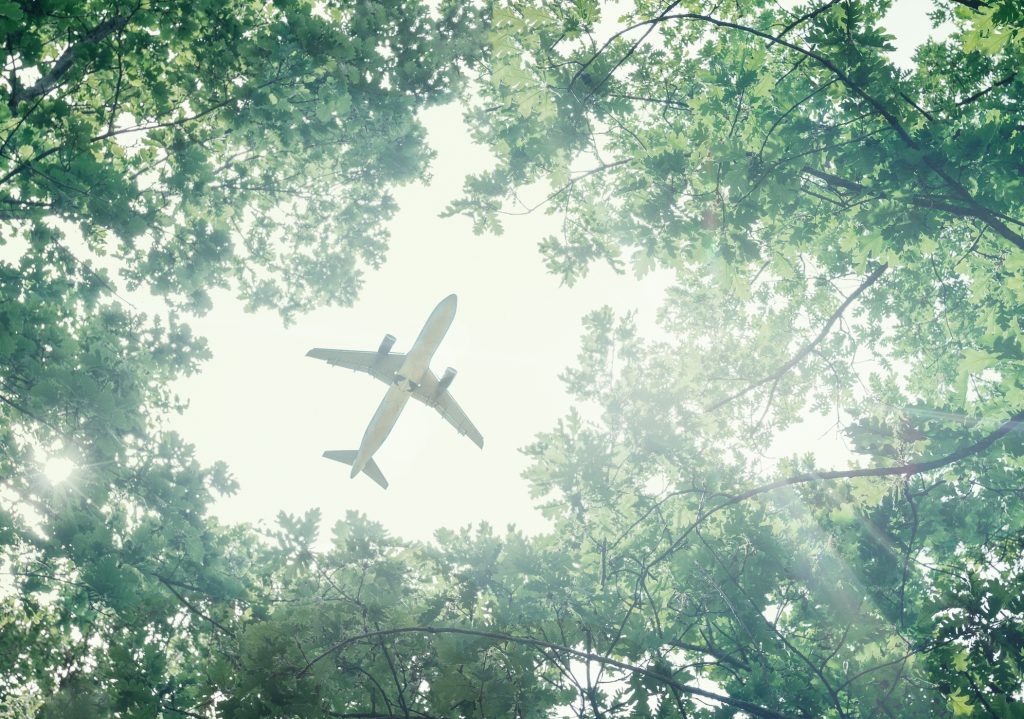
According to Chris Goater, assistant director of corporate communications at IATA, the main goal of the association is to encourage governments who still have strong pandemic control measures to open up their borders and relax such measures. The intention is to take travel, tourism, and trade to better levels.
Also, the association sees the confidence of the passengers in the safety of the industry as a vital aspect for growth in the next years, especially when other pandemics may come. Any passenger will understand that restrictions and strict health measures are necessary, but both the airline and the airport need to provide that sense of safety to see passenger numbers go up again.
So, it seems that what it takes is keeping the social distancing to avoid close contact. But, is that possible with the current infrastructure? Let’s take a closer look.
After seeing the aviation industry being hit hard by the COVID pandemic, and with current concerns about carbon emissions causing climate change, this question takes a whole new perspective. It has become obvious that air travel, the way we know it today, may not be the best for the future. Could this be the end of aviation?
This could be a valid question for anyone to ask, especially considering the difficulties this industry has encountered in recent times apart from the sustainability and the pandemic crisis which have been described above.
However, aviation is a very resilient industry, and we can see that in the response given to the most recent crisis. Also, the aviation sector is in constant development, meaning that new solutions are continuously tested for quick implementation. This includes the technology innovations mentioned before.
Moreover, air traffic mobility is one of the most important factors for global economic development, so governments around the world will make all the necessary efforts to see this industry keep operations now and in the years to come.
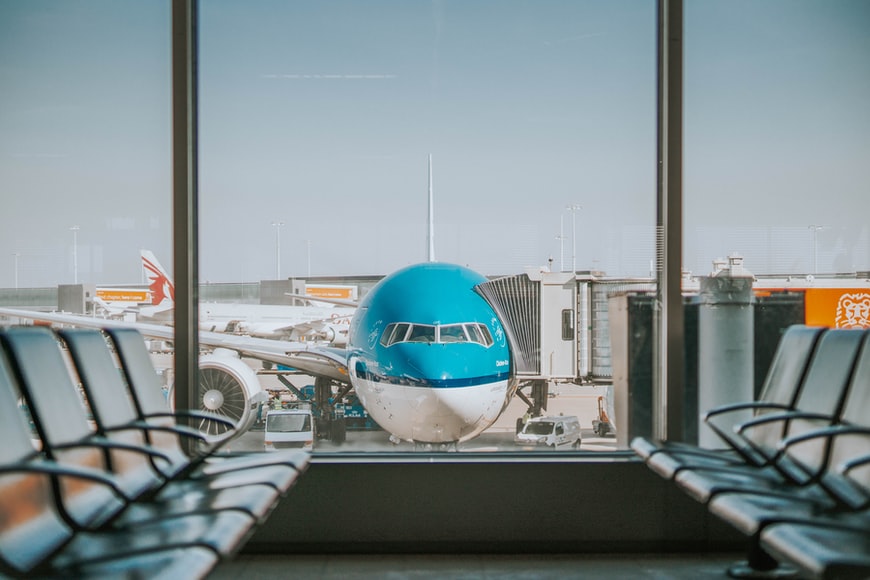
This is another valid question although a very broad one. Aviation provides a wide variety of career options and each will provide its own perspective to this question.
For example, it is obvious that aerospace engineering is a great career for the aviation sector now since the constant developments mentioned above require the brilliant minds of these engineers. In fact, anyone could argue that they are essential for the industry in the upcoming years.
Also, careers in other technical areas such as aircraft and avionics equipment mechanics and technicians are very important since they are the ones with the skills to execute what the engineers have devised and to perform needed maintenance and repairs.
Another important career would be as an air traffic controller. Even with aircraft changing dramatically, air traffic management will always be critical for the infrastructure of the air transport system.
Now, when it comes to cabin crew, it could be tricky to predict. With a decrease in the passenger numbers due to reduced business travel as a result of the pandemic, we could expect to see fewer flights which in turn means more competition for cabin crew professionals. This takes us to the next question.
The case of the COVID pandemic arises again when answering this question. Clearly, the crisis caused many pilots to be furloughed, and with airlines having fewer flights than before the pandemic, it is difficult to see how those pilots and new ones can get into the market.
Another point of concern is the fact that, as it is happing with ground transportation, air transportation is looking at the possibility of having new types of aircraft similar to drones that could be controlled remotely or even be completely autonomous. However, this is still far from becoming a reality, especially when it comes to passenger aircraft where the demand for high safety standards challenges the use of artificial intelligence over a trained pilot to fly the aircraft.
While the concerns described above are real, the truth is that the answer to this question is yes, pilots will still be needed. Given the cyclical nature of the business, with every news cycle, more pilots are needed. Also, a study conducted by Oliver Wyman in 2018 showed 63 percent of the surveyed companies considered that a shortage of qualified pilots was one of the top challenges the industry would face in the following 5 years. This was associated with different aspects, with an aging workforce with mandatory retirement around the corner appearing at the top of the list.
Of course, the pandemic crisis disrupted the trend, but it also brought some new opportunities. While business travel and tourism were having a hard time, other industries started to thrive, and e-commerce was at the top with significant growth during the crisis.
This meant that other sectors like cargo transport services also saw a growth in their operations. And the new normal suggests that people will be buying online more than they used to before, so cargo carriers will see continuous growth with major freight carriers expected to hire more pilots to cover their needs.
One more aspect to consider is that the aviation industry has already seen a growth of around 76% of pre-pandemic levels, and with the combination of early retirements and mandatory retirements, it is expected to see airlines investing in pilot recruitment and training to cover a possible pilot shortage soon.
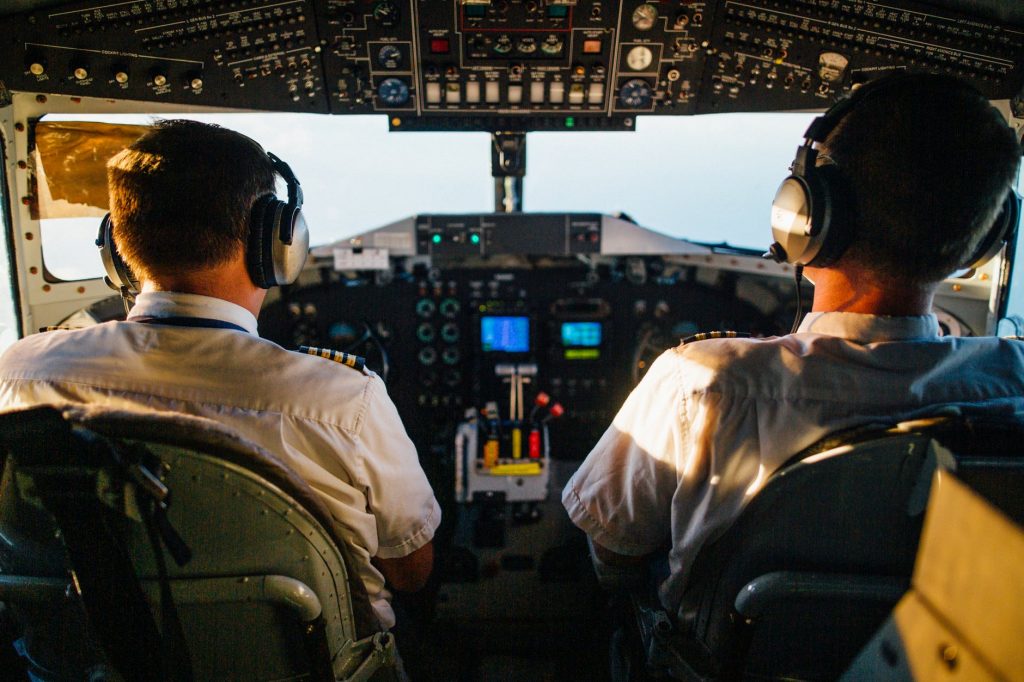
It is clear that a key factor to achieve a sustainable future for the aviation industry is having airports around the world working together with the airlines to comply with what the world expects from the sector.
Airlines could find opportunities to reduce costs and use that money to make an investment that will put them on the right path for years to come. For example, they could take out business class seats and commodities that are experiencing a reduced demand, and use that extra money in technologies such as facial recognition for increased safety.